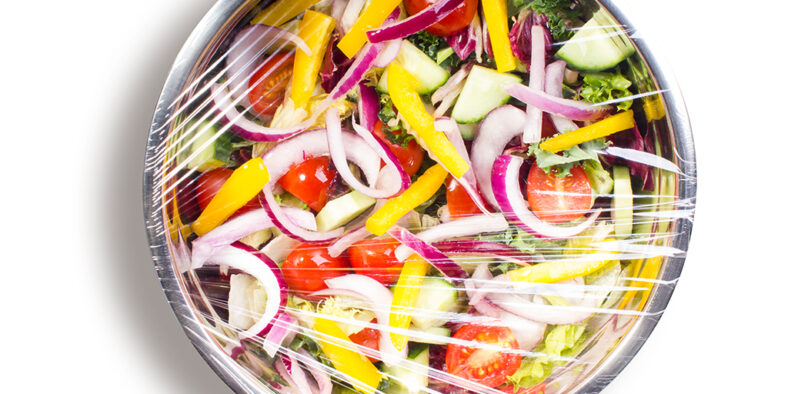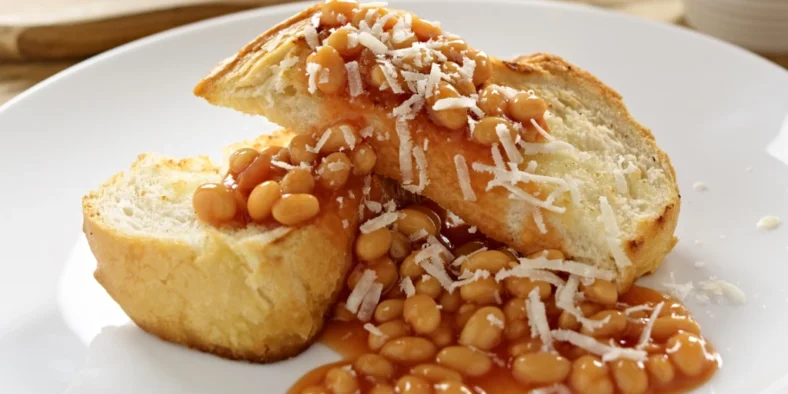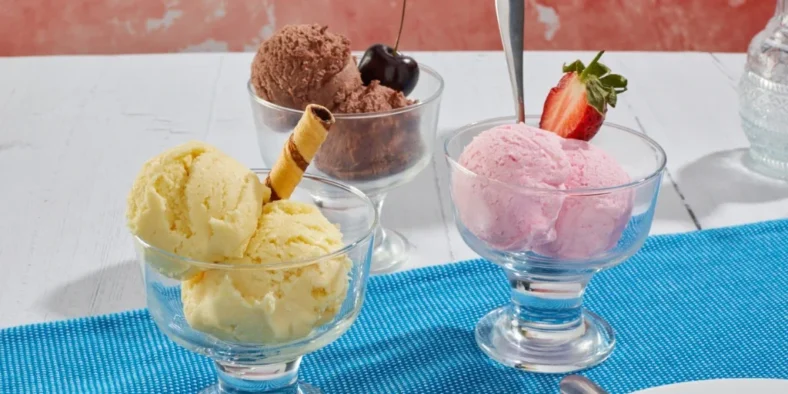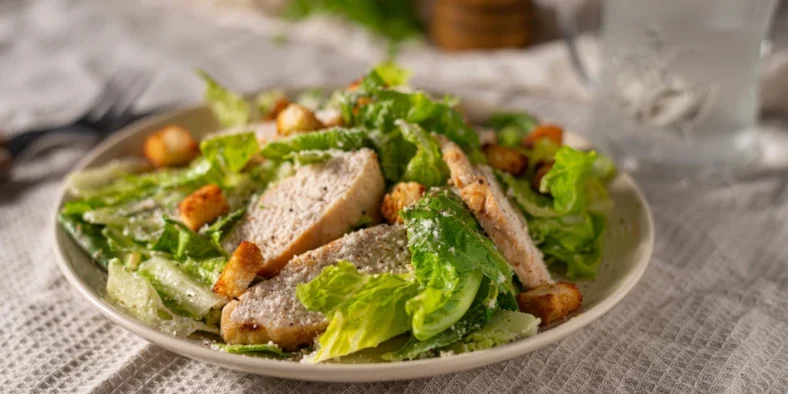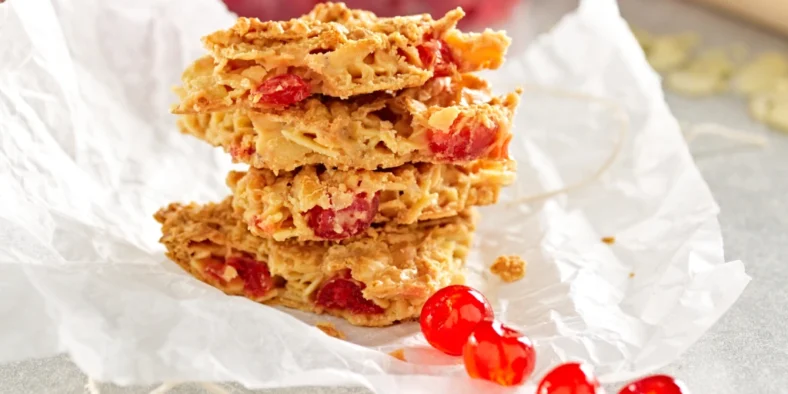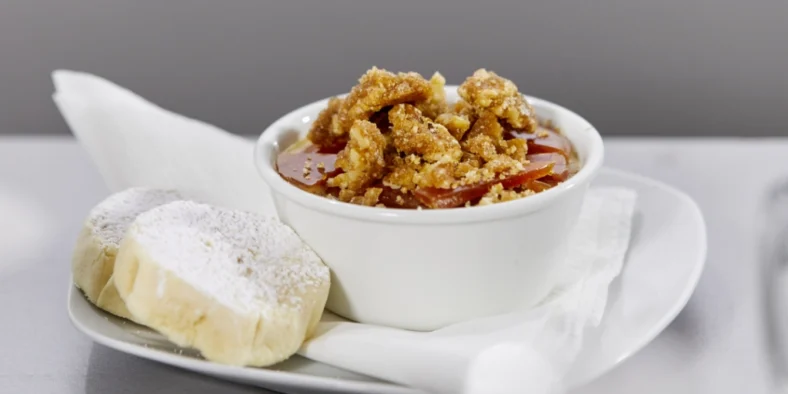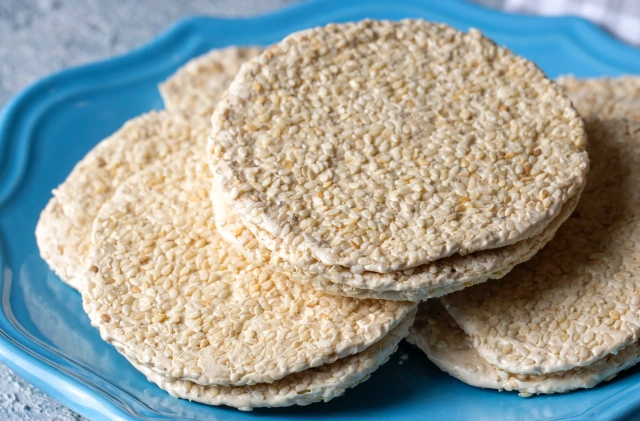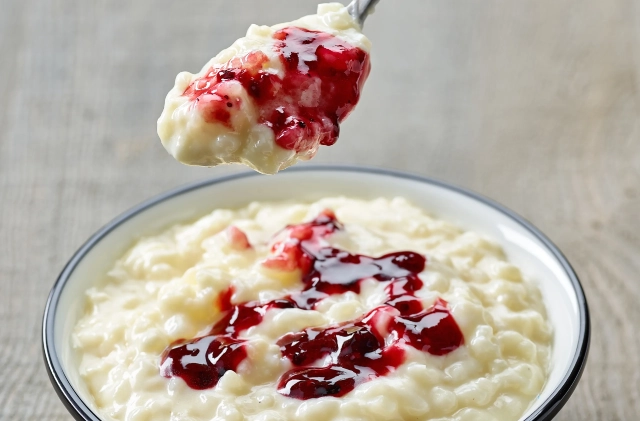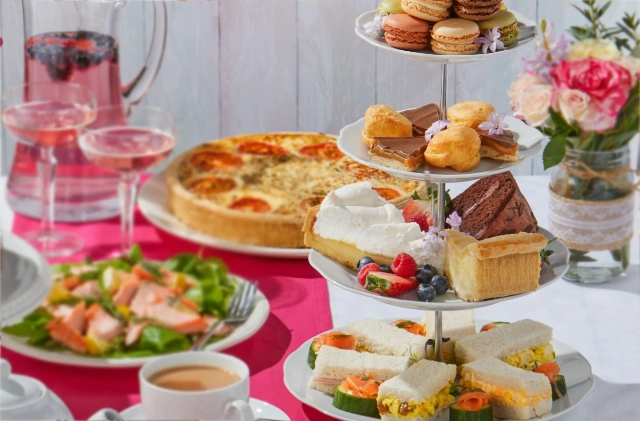Sight shapes our first impression of a dish. Long before a fork is lifted, how a plate looks sets expectations about taste, quality and satisfaction. Even back in the 1st century, the Roman gourmand Apicius said, “we eat first with our eyes” – a truth chefs have known for generations.
Whether you’re cooking in a restaurant, café, pub, golf club or care home, eating is a full experience. The plate, the cutlery, the setting – it all contributes to how food is received. But with rising costs and shifting diner preferences, we’re seeing a move away from the over-complicated and overly polished.
Let’s look at the plating trends making life easier in the kitchen – while still serving plates that look the part.
Wabi Sabi – Finding Beauty in Imperfection
There’s a growing movement towards “Wabi Sabi” – the Japanese philosophy that appreciates natural beauty, flaws and all. This approach takes a more relaxed, organic style of plating, encouraging chefs to focus on seasonal, local ingredients and let their natural forms take the lead.
Rather than forcing perfect symmetry or harsh lines, Wabi Sabi plating allows food to sit more freely on the plate. Natural textures, curves and colours are celebrated, not corrected. Think edible flowers like violas or primulas, or lesser-used options like shiso, mizuna and marigold. Foraged items like cherry blossom or wild garlic flowers not only look beautiful but also help stretch your budget.
Bright colours are coming from natural sources too – beetroot powder, pistachio crumbs, or butterfly pea flower for a vibrant blue dye. Even something as simple as beetroot-dyed salmon adds visual impact without fuss.
The tableware plays a part as well. Plates with earthy glazes, rough edges or handmade finishes give each service a personal touch. Stones, shells and rustic boards are being used to serve certain dishes, bringing a natural, grounded contrast to the hyper-polished photos we often see online.
It’s a slower, more mindful approach. As Marco Pierre White puts it, “Mother Nature is the true artist and our job as cooks is to let her shine.”
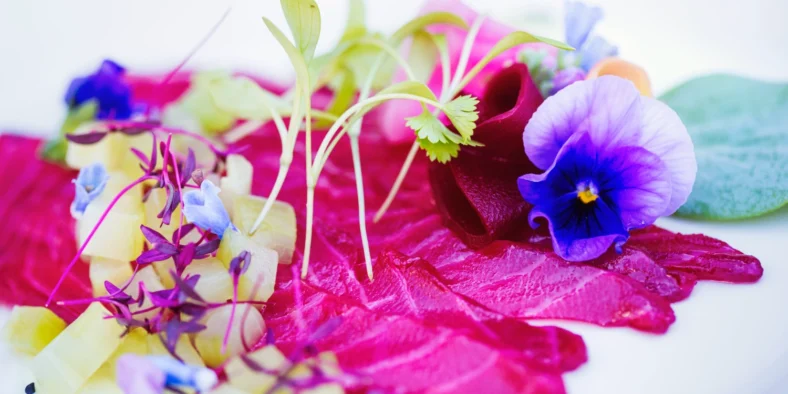
Paired Back – Minimalist Plating
Alongside Wabi Sabi is a growing appreciation for pared-back plating. This isn’t about being basic – it’s about letting food speak for itself.
Gone are the days of tweezers and intricate placements. Instead, chefs are opting for clean, uncluttered plates. When your ingredients are good, they don’t need dressing up. A grilled octopus tentacle with lemon and sea salt doesn’t need more. It’s enough.
This way of thinking isn’t new. Fergus Henderson at St. John in London has built his philosophy on simplicity for decades. With plain white walls, nostalgic cooking smells and no sign of sous vide machines, St. John has long celebrated traditional cooking and instinct. Fergus himself has famously said, “Death to the sous vide,” describing it as a method that tastes of “sadness”.
St. John’s food is straightforward – quality ingredients, cooked properly. The famous roast bone marrow with toast and parsley salad is a perfect example. It’s served for the diner to finish themselves, tying directly into the next trend.
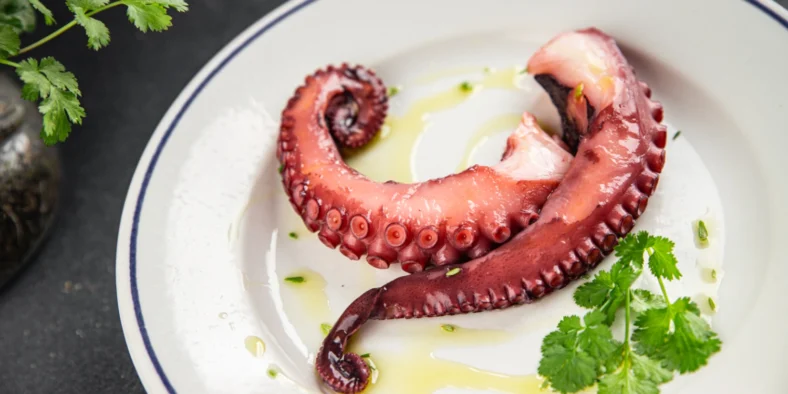
Interactive Dining – Let the Diner Take Part
For a truly low-maintenance plating approach, why not let the diner get involved?
Interactive dining isn’t just a gimmick – it taps into the human desire to create and share. Restaurants like Sticks’n’Sushi in London have embraced this with dishes like the Temaki Setto, where guests build their own hand-rolled sushi. It’s been hugely popular.
Asian cuisine has long been ahead of the curve here. At Korean BBQ restaurants, diners cook their own meats at the table. At hotpot restaurants, raw ingredients are chosen and simmered at each table in a shared pot of broth. It’s social, personal and engaging.
While investing in specialist kit like tabletop grills might not be practical for every venue, the concept can be scaled. Could diners build their own wraps, bowls or sandwiches? Could ingredients arrive in separate parts for customers to assemble themselves?
Even in care settings or schools, interactive meals can help encourage engagement and fine motor skills – with the added bonus of reducing kitchen workload.
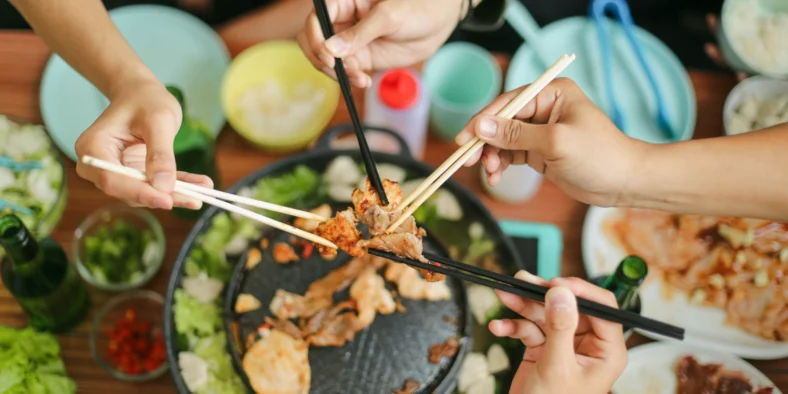
A New Era of Simplicity
As the dining world continues to evolve, chefs have an opportunity to rethink how they present food. Whether it’s through the imperfect beauty of Wabi Sabi, the honest approach of minimalist plating, or the fun of DIY dining, there’s a clear movement towards simpler, more natural presentation.
These styles don’t just ease the pressure in the kitchen – they connect more deeply with what diners want: honesty, creativity and an experience that feels real.
diners want: honesty, creativity and an experience that feels real.
There’s a general backlash against perfection – in food, in people, and in how we present ourselves. Maybe it’s time plating caught up too.




